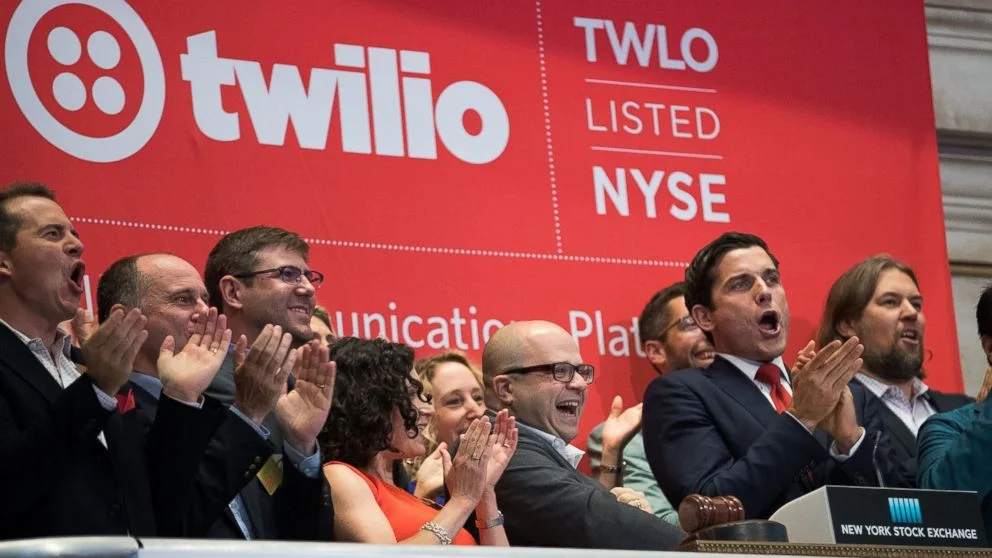With the majority of all software equity still held privately—typically in the form of stock options—let's investigate what drives the value of these options.
For good measure, here is a primer on the two main types of options and their tax treatment:
Before we begin, there are a few realities we must acknowledge:
Most software/tech employees do not have a finance background.
The financial IQ of software/tech employees < their IQ.
It's not always comfortable to ask about things you don't know about, e.g. preferred shares, dilution, post-money valuations, 83(b) elections, secondary markets, etc.
Lots of software/tech employees get screwed when it comes to equity.
One might also recall that the current market cycle—a rampant bull market fueled by low interest rates and flippant increases to the money supply—is nicely balanced with some sobering advice from Latin archives:
"Something is only worth what someone is willing to pay for it." - Publilius Syrus, 50 B.C.
Let's start with an example using Square's private stock sale prices:
Series A: $0.216
Series B: $0.982
Series C: $5.798
Series D: $11.014
Series E: $15.463
These prices represent what VC investors were willing to pay for preferred shares. Reminder: you, the employee, don't own preferred shares. However, preferred share prices indicate what the most recent investors are willing to pay to own a piece of the company. This is the price that private companies use to extrapolate their valuation by multiplying it by the # of shares, e.g. Square had about 388M fully diluted shares after their Series E so, math: 388M x $15.463 = $6 billion.
But this doesn't answer the question: What are your private stock options worth?
When appraising value for private options, we must first acknowledge the macro forces that impact valuations:
The fundraising climate [see chart below]
The federal funds rate
Along with company-specific forces:
Revenue multiples and cash flow
Recent exits and secondary market considerations
MACRO FORCES
1. Let's start with the fundraising climate
Dollars peaked in 2015 with $4.2B venture dollars entering SaaS company bank accounts (SVB = happy). In 2017 we are on track for a bell curve-shaped result of around $3B. The general trend is a relatively large pool of capital is being invested in a smaller pool of companies. As one might expect, round sizes have increased.
Based on the data, the fundraising climate is good which increases your company's chances of executing toward an outcome.
2. The federal funds rate
The federal funds rate is about 1.25%. That is historically low, as it has been, since 2008. This is important because it induces our federal banks to move money freely which has all sorts of second order effects, e.g. credit availability, consumer interest rates, spending.
The federal funds rate is low (credit friendly) which is generally a good thing for the value of your stock options.
COMPANY-SPECIFIC FORCES
1. Revenue multiples and cash flow
The reason cash flow is important is its a primary driver of the multiple your company can earn. Based on the research from April 2016, companies that are FCF positive (or nearing it) are valued at 6-10X sales. Companies that are NOT profitable from a cash-flow perspective are earning a meager 2-4X sales for their valuation, i.e. the company is worth 50% less because their businesses are less efficient.
So ask yourself:
Is my company cash flow positive or nearing it?
At the last fundraising round, what was our valuation and implied revenue multiple?
e.g. if the latest round was at a $700M valuation with $90M in revenue, the multiple would be 7.8 (fairly strong).
This will give you a rubric to assess the value of your stock options.
2. Recent exits and secondary market consideration
One must make a study of market activity to stay abreast of current valuations. Every data point is a signal. A story. For example, when Oracle acquired Moat for $850M in April of 2017, it sends a signal. At the time Moat had revenues of $78M so the multiple was 10.9 (or thereabouts). This implies a very strong signal for SaaS companies, especially in the ad tech space.
Similarly, when Cisco acquired AppDynamics for $3.7B in January of 2017 it had revenues of approx. $211M. This implies a multiple of 17.5 which is extraordinary. Another signal.
So ask yourself:
What companies have been acquired in my industry?
What was the revenue at time of acquisition?
How does this revenue multiple compare to my company?
A note on secondary market considerations
One of the least talked about equity topics is secondary markets. If you own private shares, there are other people—entire firms, actually—that are willing to purchase your private shares from you. There is some legal paperwork involved, and some approvals, but the process is pretty straightforward: you sell them your private exercised shares in exchange for money.
Who is currently providing liquidity in the secondary space?
137 Ventures (Spotify, Eventbrite, SpaceX)
There are more, but these are the ones we have heard good things about.
Secondary prices will often trade at a discount to preferred share price. For example, if your company is about 1 year away from IPO and the current preferred share price is $20, you might expect the secondary provider to come back to you with a 25% discount, or $15 per share.
This puts you in a position: money now vs. potential money later. We have included this last note on secondary markets because we respect the age-advice mentioned earlier:
"Something is only worth what someone is willing to pay for it." - Publilius Syrus, 50 B.C.






























